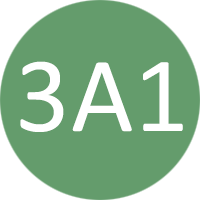The EIA coordinator who is usually appointed in a large project, is responsible for coordinating the information required for the repost and collating the different chapters into one single or a series of documents.
The typical contents of an Environmental Statement include:
- Introduction
- ES’s purpose
- Project background and objectives
- Project description
- Outline of the proposals
- Site description
- Planning policy context
- Alternatives to the proposals
- Alternative sites, developments and designs considered
- Reasons for the chosen option taking into account any likely environmental impact
- Baseline assessment
- Data and methods used to assess the impact
- Assessment and description of likely impacts of the development to environment
- Potential mitigation
- List of potential measures available to mitigate each identified impact of the proposal
- Level of reduction in impact each is likely to have on the scheme
- Reasons why any potential mitigation measures not being suggested have been dismissed
- Conclusion & recommendations
- Conclusion of the findings of the report
- What the cumulative effects are
- Summary of recommendations on how the impact of the proposals can be reduced
- Any difficulties that were encountered during the assessment process
- Non-technical summary.
The ES also includes many chapters where information from various different disciplines has been provided on the impact the proposals would have on their area of expertise and the only chapter that us Landscape Architects are qualified to prepare, is the Landscape and Visual Impact Assessment (LVIA) if it’s applicable to a project.
So when it comes to the assessment chapters, these may include information on:
- Air quality and dust
- Archaeology and cultural heritage
- Cultural Heritage
- Highways
- Ecology and nature conservation
- Flood risk, hydrology and drainage
- Landscape and Visual Assessment
- Lighting
- Health
- Waste
- Noise and vibration
- Socio-economics
- Transport and access.
Not all projects will need a flood risk and drainage assessment, for example if the project is to install off-shore wind turbines, similar to other chapters potentially not being relevant due to the geographical location or nature of the project.



